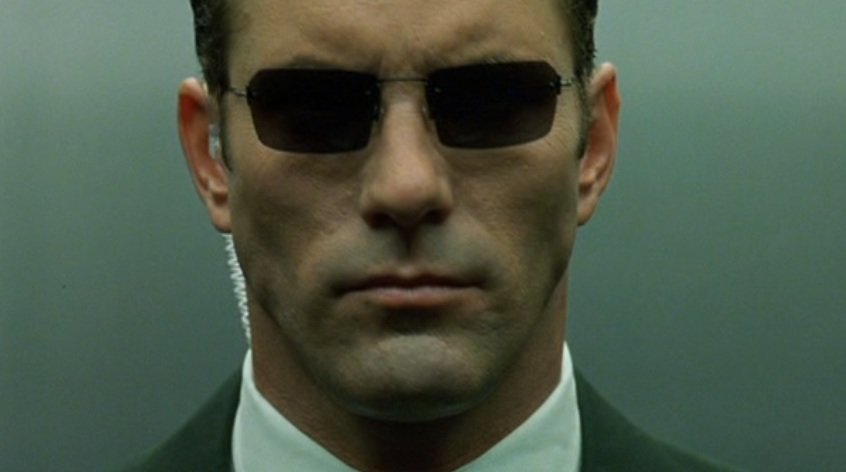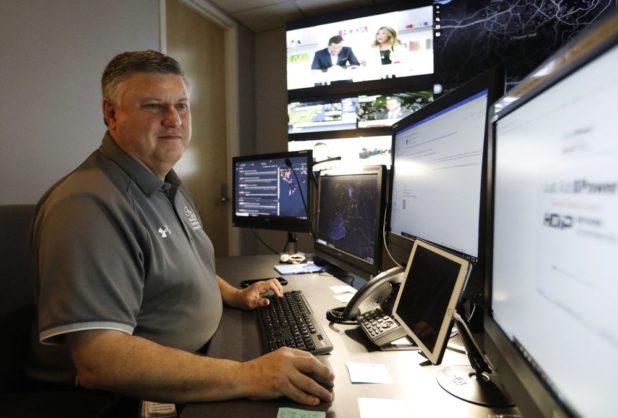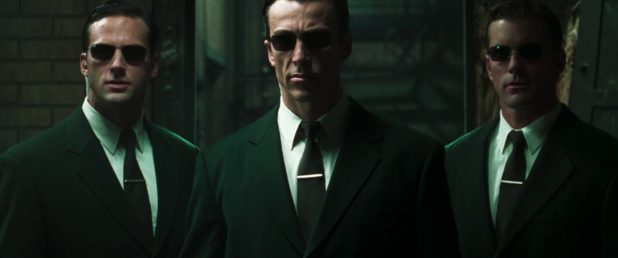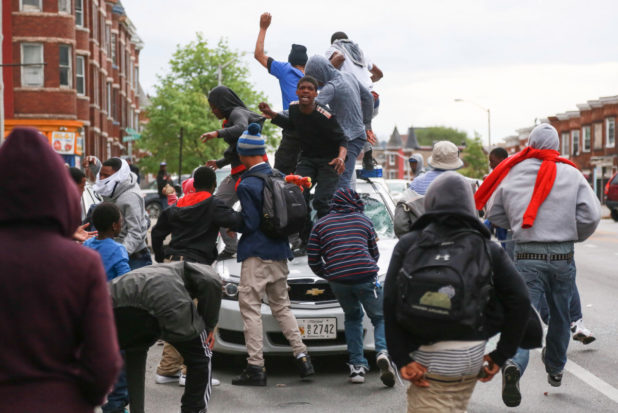Pomidor Quixote
Daily Stormer
September 1, 2019
Paul Hildreth
“Innocent until proven guilty” is morphing into “innocent until looking guilty.”
What makes someone look guilty? That’s up to the overlords to decide, of course.
AP:
Paul Hildreth peered at a display of dozens of images from security cameras surveying his Atlanta school district and settled on one showing a woman in a bright yellow shirt walking a hallway.
A mouse click instructed the artificial intelligence-equipped system to find other images of the woman, and it immediately stitched them into a video narrative of where she was currently, where she had been and where she was going.
There was no threat, but Hildreth’s demonstration showed what’s possible with AI-powered cameras. If a gunman were in one of his schools, the cameras could quickly identify the shooter’s location and movements, allowing police to end the threat as soon as possible, said Hildreth, emergency operations coordinator for the Fulton County School District.
AI is transforming surveillance cameras from passive sentries into active observers that can identify people, suspicious behavior and guns, amassing large amounts of data that help them learn over time to recognize mannerisms, gait and dress. If the cameras have a previously captured image of someone who is banned from a building, the system can immediately alert officials if the person returns.
At a time when the threat of a mass shooting is ever-present, schools are among the most enthusiastic adopters of the technology, known as real-time video analytics or intelligent video, even as civil liberties groups warn about a threat to privacy. Police, retailers, stadiums and Fortune 500 companies are also using intelligent video.
“What we’re really looking for are those things that help us to identify things either before they occur or maybe right as they occur so that we can react a little faster,” Hildreth said.
A year after an expelled student killed 17 people at Marjory Stoneman Douglas High School in Parkland, Florida, Broward County installed cameras from Canada-based Avigilon throughout the district in February. Hildreth’s Atlanta district will spend $16.5 million to put the cameras in its roughly 100 buildings in coming years.
In Greeley, Colorado, the school district has used Avigilon cameras for about five years, and the technology has advanced rapidly, said John Tait, security manager for Weld County School District 6.
Upcoming upgrades include the ability to identify guns and read people’s expressions, a capability not currently part of Avigilon’s systems.
“It’s almost kind of scary,” Tait said. “It will look at the expressions on people’s faces and their mannerisms and be able to tell if they look violent.”
Almost kind of scary?
“Yeh dat white boi be a Nazi. Imma press dis button now.”
First it will be “to look at their faces to tell if they look violent” and soon after it will be “to look at their faces and tell if they’re non-complying uncooperative goyim.”
Before anyone realizes it, there’ll be agents going after what these AIs deem “bad goyim.”
It’s unknown how many schools have AI-equipped cameras because it’s not being tracked. But Michael Dorn, executive director of Safe Havens International , a nonprofit that advises schools on security, said “quite a few” use Avigilon and Sweden-based Axis Communications equipment “and the feedback has been very good.”
…
Schools are the largest market for video surveillance systems in the U.S., estimated at $450 million in 2018, according to London-based IHS Markit, a data and information services company. The overall market for real-time video analytics was estimated at $3.2 billion worldwide in 2018 — and it’s anticipated to grow to more than $9 billion by 2023, according to one estimate .
AI cameras have already been tested by some companies to evaluate consumers’ facial expressions to determine if they’re having a pleasant or unpleasant shopping experience and improve customer service, according to the Center for Democracy and Technology, a Washington nonprofit that advocates for privacy protections. Policy counsel Joseph Jerome said companies may someday use the cameras to estimate someone’s age, which might be useful for liquor stores, or facial-expression analysis to aid in job interviews .
You’re not supposed to discriminate based on skin color or race in job interviews, but discrimination based on facial expressions is okay.
“Your face looks Nazi and white supremacist, so no job for you.”
“People haven’t really caught up to how broad and deep the technology can now go,” said Jay Stanley, a senior policy analyst at the American Civil Liberties Union who published a research paper in June about how the cameras are being used. “When I explain it, people are pretty amazed and spooked.”
…
Stanley, with the ACLU, said there’s reason to be skeptical about their capabilities because AI is still “pretty unreliable at recognizing the complexities of human life.”
Facial recognition is not infallible, and a study last year from Wake Forest University found that some facial-recognition software interprets black faces as appearing angrier than white faces.
But that actually means that the facial recognition is working as intended.
Blacks really are angrier than whites, at least in regards to the violence-inducing type of anger. They commit the most violent crimes, so any AI interpreting their faces as angrier than whites’ is definitely onto something.
Of course, that must be corrected because the goal isn’t really to be impartial, prevent crimes and save lives. As long as the Jews are in charge, the goal is white genocide and new tools and technologies will be used to that end.





